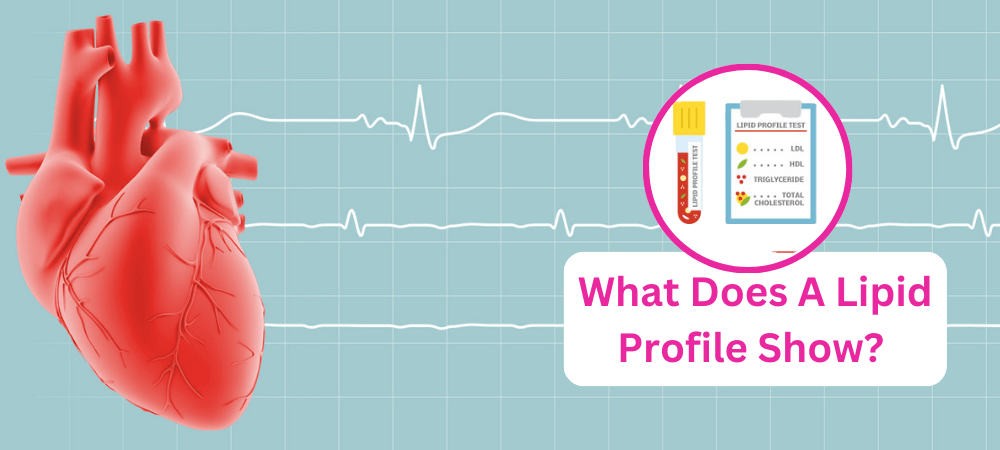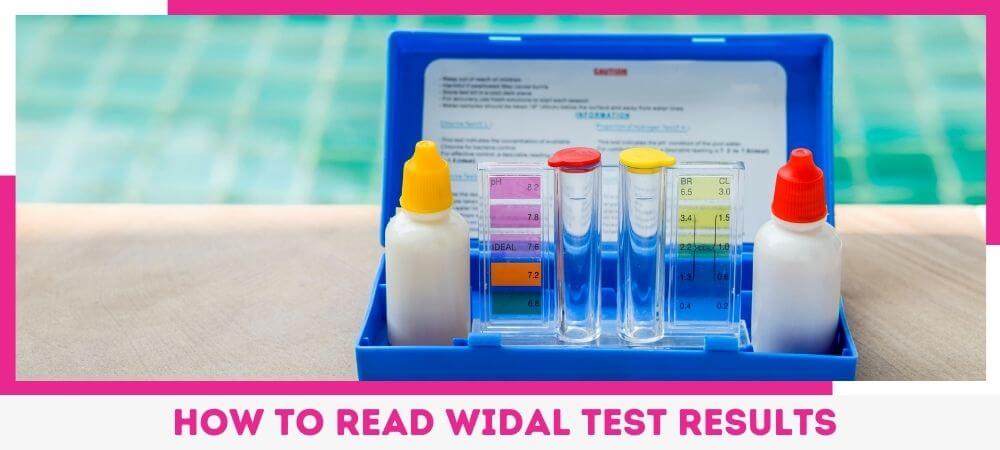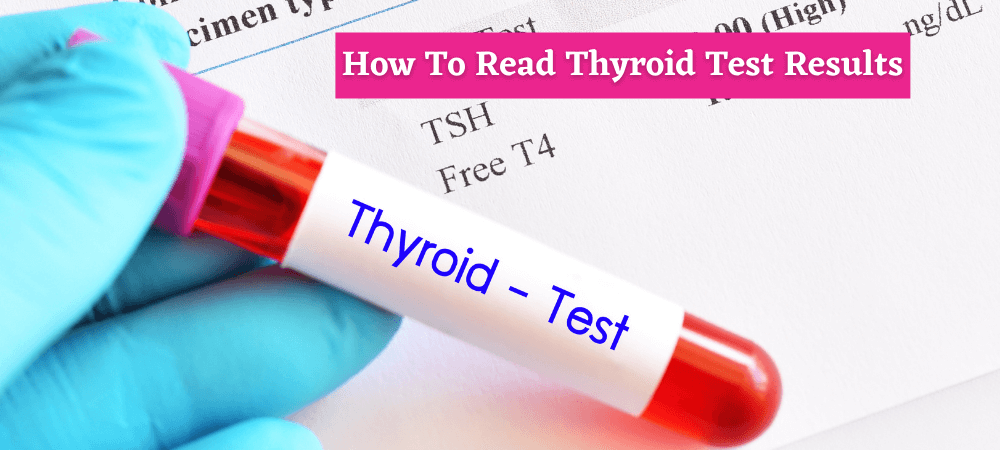The lipid panel examines cardiovascular health by analyzing cholesterol levels in the blood. Too much cholesterol in the blood vessels and arteries can damage them and increase the risk of problems such as heart disease, stroke, and heart attack.
Let us understand what exactly is measured under the lipid profile test.
 A lipid profile test is a blood test that measures various lipid types in the blood. It measures the levels of four types of cholesterol and triglycerides.
1. LDL (Low-density lipoproteins): LDL is considered a “bad cholesterol” as it builds plaque in the arteries and affects the heart’s health. Therefore, it is crucial to maintain LDL cholesterol levels in the lower range.
2. VLDL (very low-density lipoproteins): VLDL appears in the bloodstream shortly after we eat. A lipid profile is performed as a fasting test, so an elevated level of VLDL in the blood sample may indicate a metabolic disease.
3. HDL (High-density lipoproteins): HDL cholesterol is also known as “good cholesterol” because it helps clear away and prevents the buildup of bad LDL cholesterol.
4. Total cholesterol: LDL + VLDL + HDL (the sum of all the different types of cholesterol in the human body)
5. Triglycerides: Excess calories are converted into triglycerides by our bodies and stored as fat. Triglyceride levels that are too high are harmful to the heart, liver, and pancreas.
A lipid profile test is a blood test that measures various lipid types in the blood. It measures the levels of four types of cholesterol and triglycerides.
1. LDL (Low-density lipoproteins): LDL is considered a “bad cholesterol” as it builds plaque in the arteries and affects the heart’s health. Therefore, it is crucial to maintain LDL cholesterol levels in the lower range.
2. VLDL (very low-density lipoproteins): VLDL appears in the bloodstream shortly after we eat. A lipid profile is performed as a fasting test, so an elevated level of VLDL in the blood sample may indicate a metabolic disease.
3. HDL (High-density lipoproteins): HDL cholesterol is also known as “good cholesterol” because it helps clear away and prevents the buildup of bad LDL cholesterol.
4. Total cholesterol: LDL + VLDL + HDL (the sum of all the different types of cholesterol in the human body)
5. Triglycerides: Excess calories are converted into triglycerides by our bodies and stored as fat. Triglyceride levels that are too high are harmful to the heart, liver, and pancreas.
 The standard level for each of the standard tests under lipid profile are as follows:
The standard level for each of the standard tests under lipid profile are as follows:
What is a lipid profile test?
 A lipid profile test is a blood test that measures various lipid types in the blood. It measures the levels of four types of cholesterol and triglycerides.
1. LDL (Low-density lipoproteins): LDL is considered a “bad cholesterol” as it builds plaque in the arteries and affects the heart’s health. Therefore, it is crucial to maintain LDL cholesterol levels in the lower range.
2. VLDL (very low-density lipoproteins): VLDL appears in the bloodstream shortly after we eat. A lipid profile is performed as a fasting test, so an elevated level of VLDL in the blood sample may indicate a metabolic disease.
3. HDL (High-density lipoproteins): HDL cholesterol is also known as “good cholesterol” because it helps clear away and prevents the buildup of bad LDL cholesterol.
4. Total cholesterol: LDL + VLDL + HDL (the sum of all the different types of cholesterol in the human body)
5. Triglycerides: Excess calories are converted into triglycerides by our bodies and stored as fat. Triglyceride levels that are too high are harmful to the heart, liver, and pancreas.
A lipid profile test is a blood test that measures various lipid types in the blood. It measures the levels of four types of cholesterol and triglycerides.
1. LDL (Low-density lipoproteins): LDL is considered a “bad cholesterol” as it builds plaque in the arteries and affects the heart’s health. Therefore, it is crucial to maintain LDL cholesterol levels in the lower range.
2. VLDL (very low-density lipoproteins): VLDL appears in the bloodstream shortly after we eat. A lipid profile is performed as a fasting test, so an elevated level of VLDL in the blood sample may indicate a metabolic disease.
3. HDL (High-density lipoproteins): HDL cholesterol is also known as “good cholesterol” because it helps clear away and prevents the buildup of bad LDL cholesterol.
4. Total cholesterol: LDL + VLDL + HDL (the sum of all the different types of cholesterol in the human body)
5. Triglycerides: Excess calories are converted into triglycerides by our bodies and stored as fat. Triglyceride levels that are too high are harmful to the heart, liver, and pancreas.
Normal values of lipid profile test
 The standard level for each of the standard tests under lipid profile are as follows:
The standard level for each of the standard tests under lipid profile are as follows:
- Total cholesterol: Less than 200 mg/dL
- HDL cholesterol: Above 60 mg/dL
- LDL cholesterol: Below 100 mg/dL (For diabetic people: Below 70 mg/dL)
- Triglycerides: Below 150 mg/dL
What is the lipid profile test used for?
Reasons a provider may order a lipid profile test include:- As a routine test to determine whether your cholesterol level is normal, borderline, intermediate, or high risk.
- If you had abnormal results on a previous test or if you have other risk factors for heart disease, you should have your cholesterol levels checked.
- Track your body’s reaction to treatment, such as cholesterol medications or dietary changes.
- To help detect other medical conditions like liver disease.





